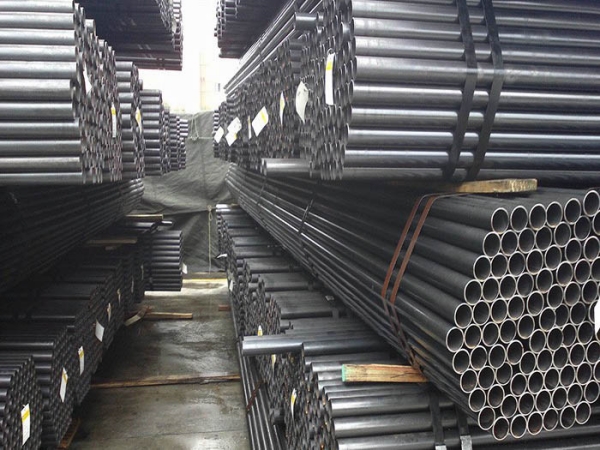The manufacturing process of boiler pipes involves several steps to produce tubes that can withstand high temperatures and pressures in boiler systems. Boiler pipes are typically made from carbon steel, alloy steel, or stainless steel, depending on the specific requirements of the application. Here is an overview of the manufacturing process of boiler pipes.

Raw Materials:
The process begins with the selection of suitable raw materials, such as steel billets or coils. The choice of material depends on factors like the operating temperature and pressure of the boiler.
Piercing:
The selected raw material is heated to a high temperature.
A piercing mill or piercing press is used to create a hollow tube by forcing a mandrel or piercing point through the heated billet or coil.
This process creates a rough hollow tube called a "bloom" or "hollow."
Stretch Reduction:
The bloom is then elongated and reduced in diameter using a series of rolling mills and stretch-reducing mills.
This step reduces the thickness and refines the diameter of the tube, ensuring it meets the required specifications.
Heating and Annealing:
The tube may go through heat treatment processes such as annealing to relieve internal stresses and improve its mechanical properties.
Heating processes help achieve the desired metallurgical properties in the tube.
Finishing Operations:
After the initial forming and reduction steps, the tube may undergo additional finishing operations such as sizing, straightening, and cold drawing. These operations further refine the dimensions and surface finish of the tube.
Testing:
The boiler tubes undergo various quality control tests, including non-destructive testing (e.g., ultrasonic or eddy current testing) and dimensional checks to ensure they meet the required standards.
Cutting and End Preparation:
The tubes are cut to the desired lengths, and the ends are prepared for welding or other joining methods, depending on the application.
Heat Treatment (if necessary):
Some alloy steels used in boiler pipes may require specific heat treatments to enhance their properties, such as creep resistance or corrosion resistance.
Final Inspection and Marking:
Each tube is carefully inspected for defects, and important information such as material grade, size, and manufacturing standards are marked on the tube surface.
Packaging and Shipping:
The finished boiler tubes are packaged to protect them during transportation and storage.
It's essential to follow strict quality control and testing procedures throughout the manufacturing process to ensure that the boiler pipes meet safety and performance standards required for their intended use in high-pressure and high-temperature boiler systems.